Understanding the Austin Construction Landscape
Overview of Austin’s Construction Industry
Austin, Texas, is known for its rapid growth and vibrant culture, making it a focal point for construction activities. The city has experienced exponential population growth over the last decade, attracting new residents and businesses alike. As a result, the austin construction market has flourished, showcasing diverse projects ranging from residential developments to commercial complexes and infrastructure upgrades. The construction ecosystem here is characterized by a blend of innovation, sustainability, and community-focused projects.
The industry’s growth can be attributed to various factors, including a robust economy, strong job market, and the influx of technology companies. The local government has also implemented policies conducive to development, further propelling the construction sector. With significant investments in real estate and commercial projects, Austin’s construction industry is poised for even more expansion in the coming years.
Key Players in Austin Construction
The Austin construction market consists of a mix of large construction firms, specialized local contractors, and an array of suppliers and subcontractors. Major companies like D.R. Horton, Lennar Corporation, and Pope Properties dominate residential projects, showcasing a range of housing options that cater to the growing population. Additionally, firms like Jacobs Engineering and Turner Construction handle many large-scale commercial and infrastructure projects.
Local companies also hold significant influence, as they often provide a community-centric approach to construction, understanding the unique needs of Austin’s neighborhoods. By collaborating with architects, engineers, and urban planners, these firms contribute to projects that enhance the city’s livability and cultural identity.
Current Trends Impacting Construction in Austin
Several current trends are shaping the Austin construction landscape. One significant trend is the increasing emphasis on sustainable and eco-friendly practices, driven by a growing awareness of climate change and environmental conservation. This includes utilizing renewable energy sources, implementing energy-efficient designs, and adopting sustainable materials.
Another trend is the adoption of smart building technologies, which integrate IoT (Internet of Things) devices for better energy management and enhanced user experience. Projects that incorporate smart technology are becoming more commonplace, as both contractors and clients recognize the advantages of connectivity in maximizing efficiency and sustainability.
Lastly, the booming demand for mixed-use developments reflects shifts in urban living preferences. Austin’s residents increasingly seek environments that combine residential, commercial, and recreational spaces, prompting developers to get creative with their projects.
Innovations Shaping Austin Construction
Technology Adoption in Construction Projects
The integration of technology in construction has profoundly transformed how projects are designed, executed, and managed in Austin. Use of Building Information Modeling (BIM) allows for enhanced visualization and coordination among stakeholders, reducing errors and optimizing resource allocation. Advanced project management tools facilitate better communication, streamline processes, and provide real-time updates, making operations more efficient.
Drones have also emerged as powerful tools for surveying job sites, monitoring progress, and conducting quality inspections. The ability to gather aerial data quickly and accurately reduces the time threshold for project assessments and enhances overall transparency, allowing stakeholders to make informed decisions.
Sustainable Building Practices in Austin
Austin is increasingly committing itself to sustainable building techniques. This includes the widespread use of solar panels, green roofs, rainwater harvesting systems, and energy-efficient heating and cooling installations. The city prioritizes certifications like LEED (Leadership in Energy and Environmental Design), encouraging builders to adopt environmentally responsible practices that minimize waste and reliance on non-renewable resources.
Moreover, local government initiatives, such as the Austin Energy Green Building Program, promote energy-efficient construction while providing builders and homeowners with incentives to engage in sustainable practices. The achievements in this arena not only reduce the environmental footprint but also appeal to the eco-conscious residents who prioritize sustainability.
Modular and Prefabricated Construction Techniques
Another innovative approach gaining traction in Austin is modular and prefabricated construction. In this method, building components are pre-manufactured in controlled environments and transported to the site for assembly, resulting in faster and more efficient construction timelines. This approach reduces construction waste, enhances quality control, and can lead to significant cost savings.
Prefabrication has also been embraced in response to labor shortages and rising costs associated with traditional construction methods. Projects that leverage modular techniques can achieve rapid completion while simultaneously overcoming supply chain constraints. In Austin, developers are increasingly considering these approaches to meet the growing demand for housing and commercial spaces.
Challenges Facing the Austin Construction Sector
Labor Shortages and Skills Gap
Despite the opportunities available in the construction industry, labor shortages remain a pressing issue for contractors in Austin. The rapid influx of new projects has outpaced the availability of skilled workers, leading to delays and increased labor costs. Addressing this skills gap requires a concerted effort from educational institutions, trade associations, and construction firms to promote vocational training and apprenticeships.
Collaborative initiatives that bring together industry leaders and educators can help develop tailored programs to train potential workers in vital construction skills. By fostering a workforce equipped with modern construction techniques, the sector can better meet demand without compromising project quality.
Regulatory Hurdles and Permitting Issues
Complex regulatory environments and lengthy permitting processes can significantly affect construction timelines in Austin. Navigating local ordinances, zoning laws, and compliance requirements can create uncertainty and frustration for developers and contractors alike. Streamlining these processes is crucial for encouraging growth and ensuring timely project completion.
Constructors can benefit from working closely with local government officials to anticipate potential roadblocks and stay informed of any regulatory changes. Building relationships and maintaining open lines of communication may also help in resolving issues that arise throughout the permitting stages.
Rising Material Costs and Supply Chain Disruptions
The construction industry has seen significant fluctuations in material costs in recent years, driven by supply chain disruptions and escalating demand. The COVID-19 pandemic exacerbated these challenges, causing delays and increased prices for essential materials like lumber, steel, and concrete. Consequently, contractors must adjust their project budgets and timelines accordingly.
Contractors can mitigate the risks associated with rising material costs through effective procurement strategies. By establishing strong relationships with suppliers and engaging in long-term contracts, builders can better secure materials at favorable prices. Additionally, exploring alternative materials and local sourcing can help alleviate some of the pressures caused by global supply chain issues.
Best Practices for Successful Construction Projects in Austin
Effective Project Management Strategies
Successful construction projects hinge on effective project management. Establishing a clear plan with defined objectives, timelines, and budgets helps ensure all project stakeholders remain aligned and accountable. Utilizing project management software to track progress and maintain visibility into all aspects of construction can lead to improved outcomes.
Additionally, conducting regular progress meetings helps to identify potential issues early, allowing teams to implement corrective actions before they escalate. Agility in project management allows teams to adapt to unexpected challenges while preserving project momentum.
Collaboration and Communication Techniques
Fostering a collaborative environment amongst all project stakeholders is essential for achieving project goals. Building strong relationships between owners, architects, contractors, and subcontractors promotes transparency and effectively facilitates problem-solving. Utilizing collaborative digital platforms and communication tools can ensure all parties are updated in real-time, regardless of physical location.
Encouraging open lines of communication can help address issues quickly and keep projects on schedule. Establishing a culture of respect and shared accountability leads to better teamwork and ultimately results in higher-quality construction outputs.
Quality Control and Safety Measures
Prioritizing quality control and safety measures is paramount to successful construction projects. Implementing rigorous quality assurance protocols ensures that all work adheres to established industry standards and client expectations. Regular inspections, checklists, and quality certifications can significantly enhance output quality.
Moreover, instilling a culture of safety on construction sites helps prevent accidents and protect workers. Regular safety training, adherence to guidelines, and proactive monitoring can contribute to a zero-accident philosophy. This not only safeguards employees but also reduces the likelihood of costly project delays due to accidents.
Future Outlook for Austin Construction
Market Predictions and Growth Opportunities
The outlook for Austin’s construction market remains strong, with growth predictions signaling ongoing development in both residential and commercial sectors. The need for housing continues to escalate, driven by population growth and demand for diverse living options. Austin’s reputation as a technology hub also bodes well for commercial construction, as businesses continue to seek state-of-the-art office spaces.
Residential construction will likely focus on affordability, with developers increasingly looking to create inclusive, diverse communities that offer various options for all income levels. This will require innovative financing solutions and partnerships to ensure sustainable growth.
Impact of Urban Development on Construction
Urban development is reshaping Austin’s construction landscape, with a growing focus on smart and sustainable city designs. Investments in public transportation, roads, parks, and green spaces are essential components of Austin’s development strategy. Builders who align their projects with city goals and objectives will find greater opportunities for collaboration.
As urban densification trends continue, there will be an increasing demand for multifamily units and mixed-use developments that make the best use of available space. This approach not only serves the rising population but enhances the vibrancy of neighborhoods, fostering a sense of community and accessibility.
Identifying Emerging Construction Sectors
As Austin evolves, new construction sectors are emerging that warrant attention. Healthcare, education, and technology sectors are anticipated to see significant investment, given the city’s thriving industries and research institutions. Developers should remain vigilant in identifying these trends and finding ways to capitalize on opportunities within these emerging sectors.
Furthermore, the integration of smart technology in residential and commercial projects will continue to be a key differentiator. As homeowners and businesses alike seek automation and connectivity, contractors should focus on incorporating these elements into their designs to enhance appeal and functionality.
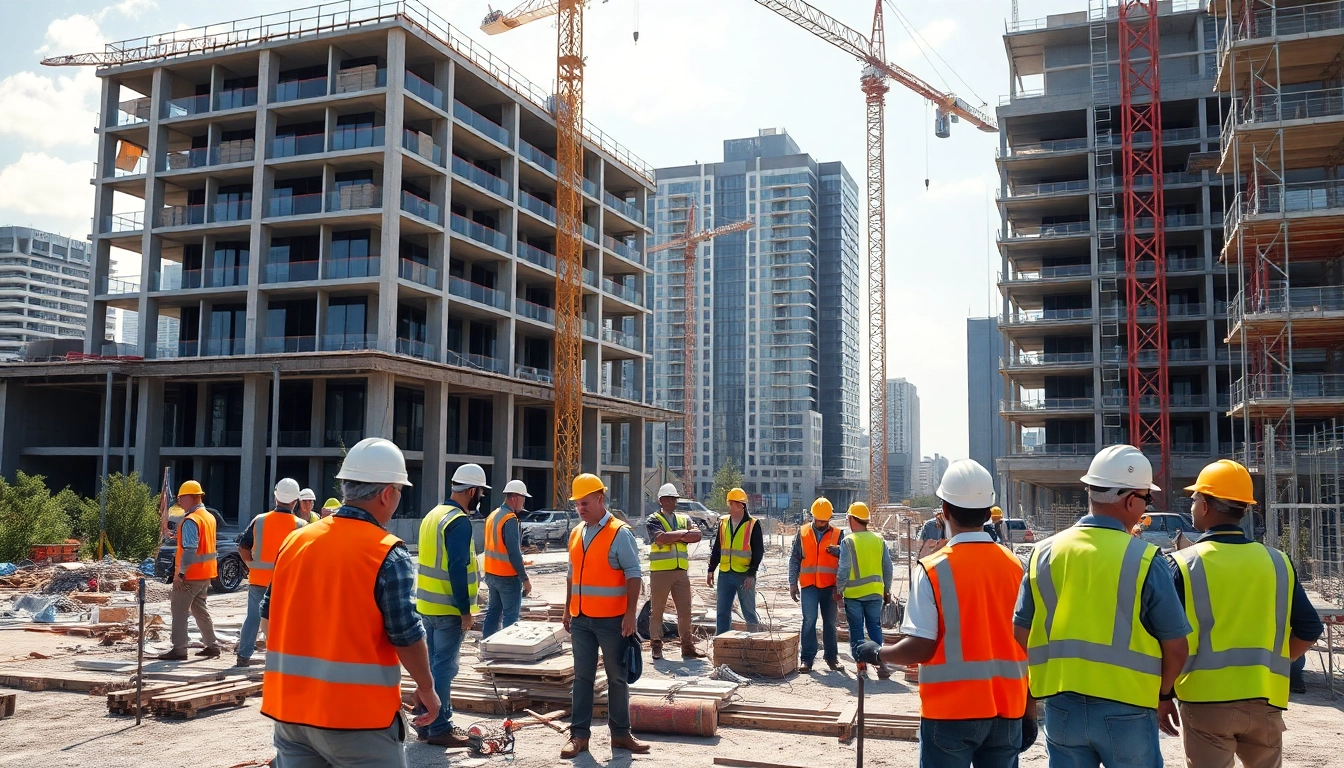

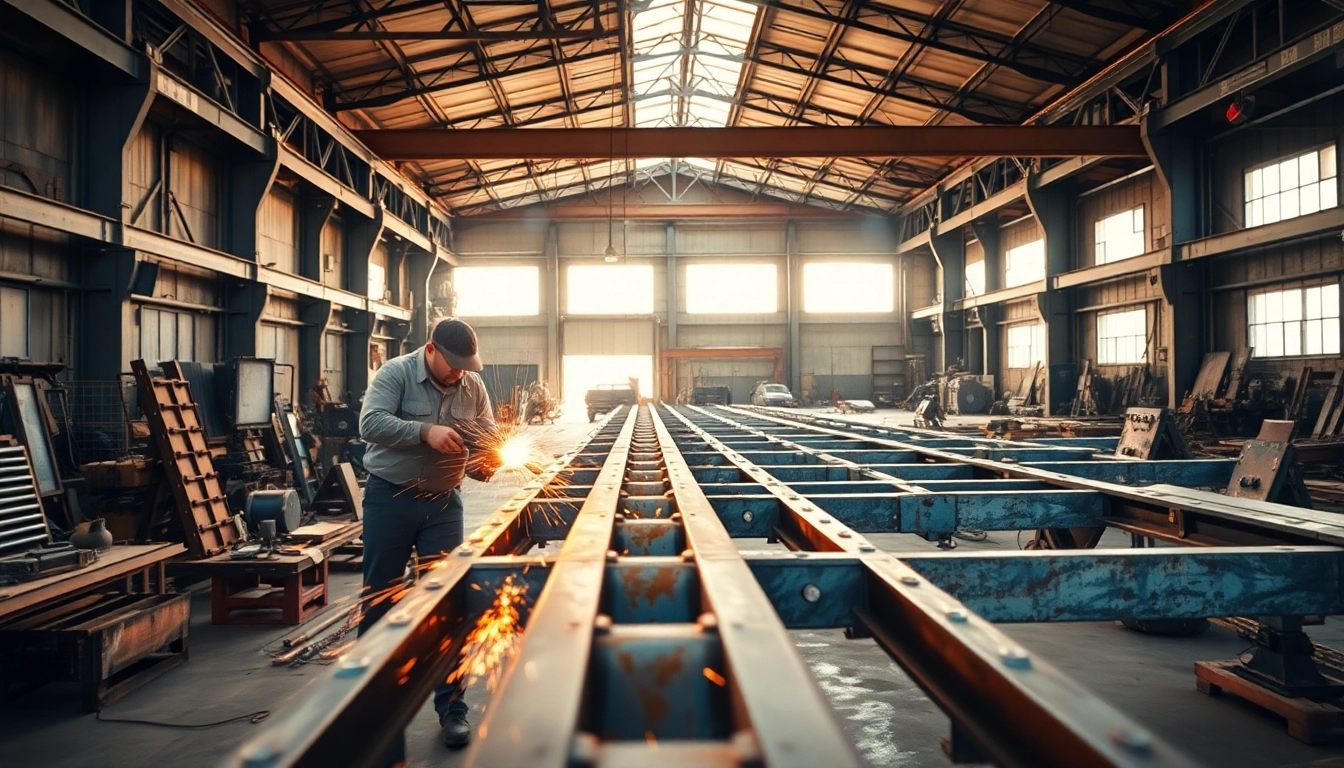

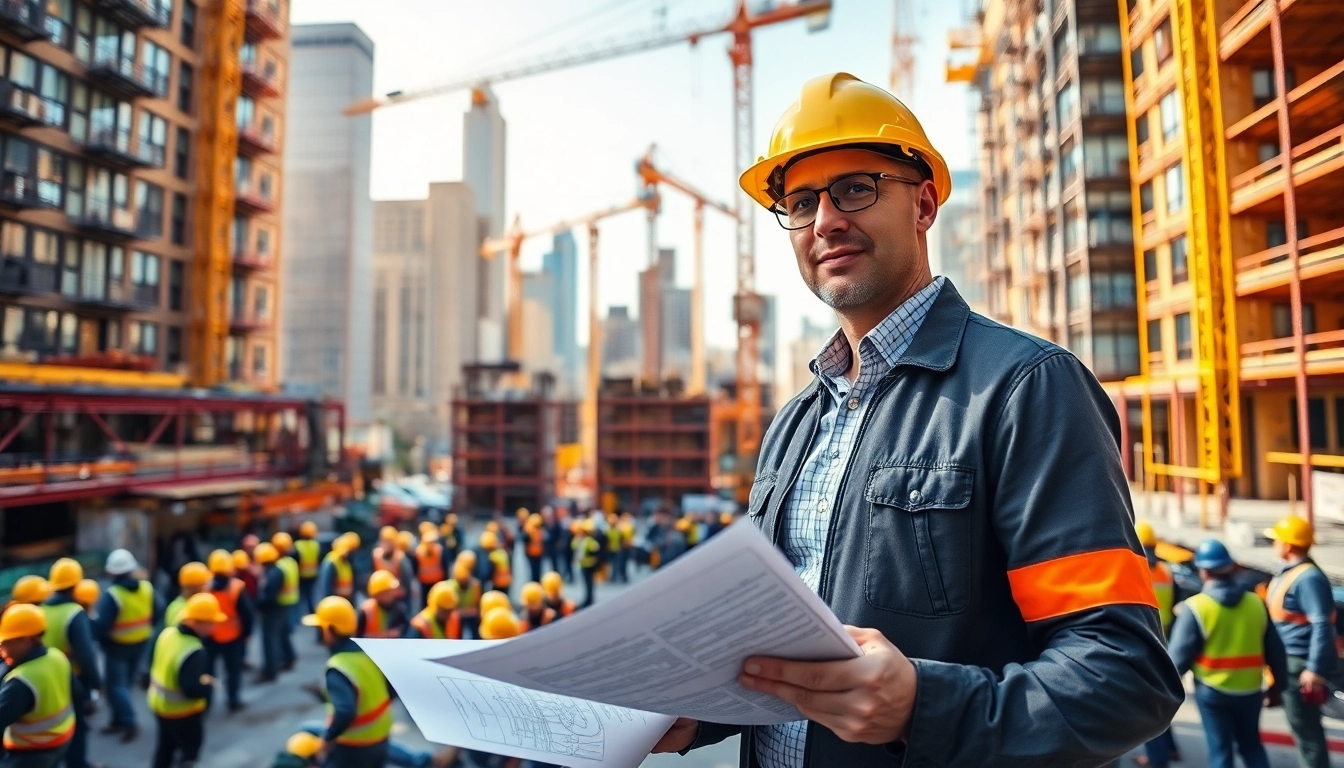
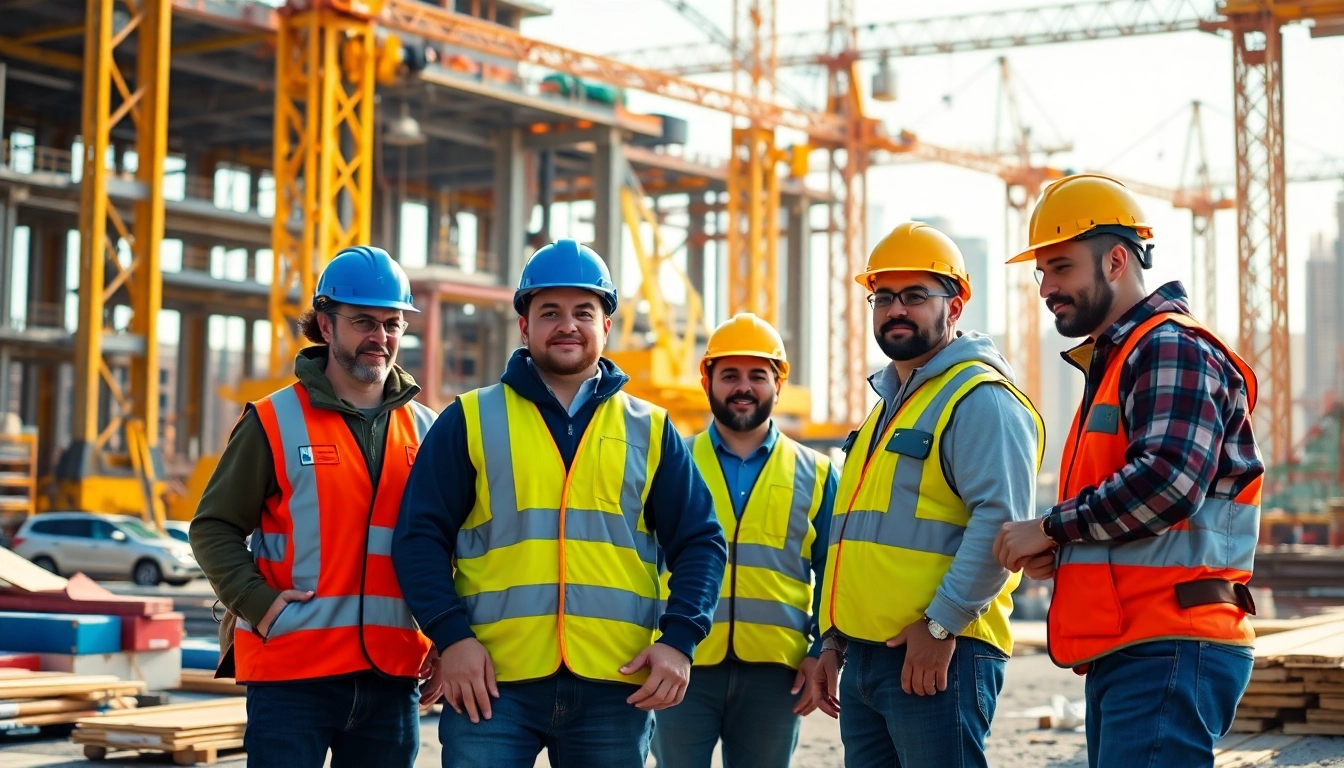



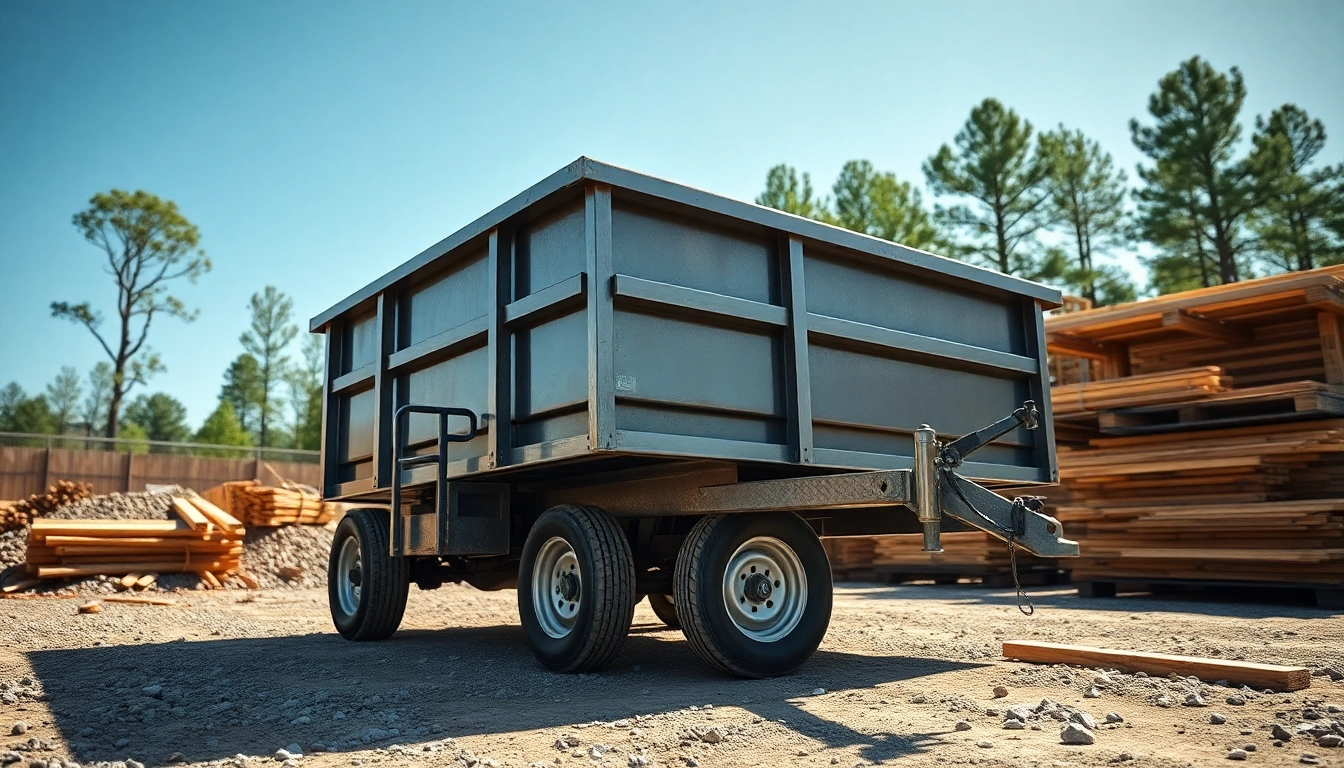




Leave a Reply